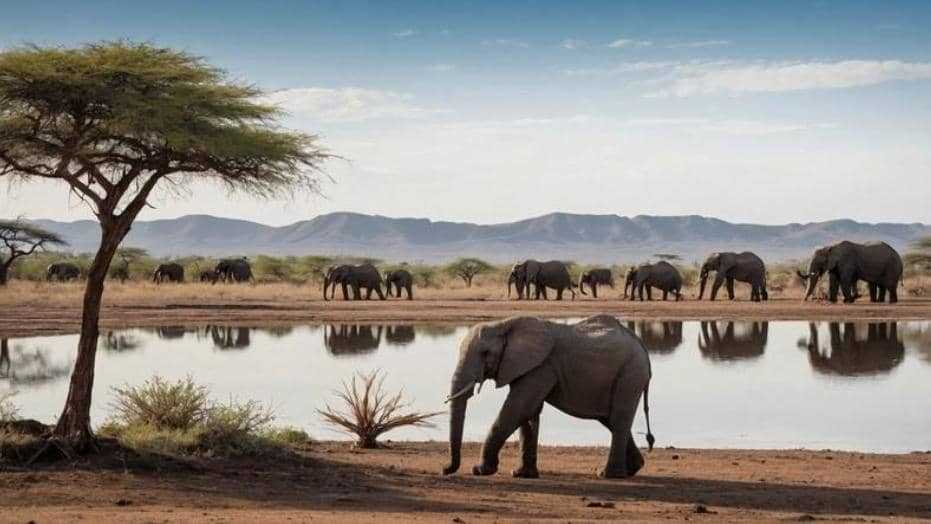
The Global Environment Facility, the world’s oldest multilateral climate change fund, plans to launch a new round of wildlife conservation bonds aimed at helping African nations protect endangered species and critical ecosystems.
This innovative financing model follows the success of the World Bank-backed “rhino bond” issued in 2022, which offered low-cost funding tied directly to conservation outcomes such as reduced poaching.
The GEF hopes to scale up this approach across Africa, with a goal of supporting at least one conservation project in each of the continent’s 54 countries.
Speaking to African environment ministers on the sidelines of a recent meeting, Fred Boltz, head of programming at GEF, said the initiative would require a $150 million investment from the fund. That sum could be leveraged tenfold through borrowing, potentially unlocking up to US$1.5 billion for conservation efforts.
“Wildlife bonds can offer a vital source of financing for developing countries, especially because they don’t add to national debt burdens,” said Boltz. “The better the conservation results, the less the government has to pay.”
Related Stories
Building on recent successes—including the approval of a lemur conservation plan in Madagascar last month—GEF hopes to expand its focus to entire ecosystems such as wetlands.
However, the program faces headwinds. Cuts in funding from major donors such as the United States and other aid agencies have put pressure on conservation budgets. Boltz acknowledged the financial strain, noting that many countries have expressed concerns about sustaining progress on species recovery amid shrinking development assistance.
“We may need to do more with less,” he said, emphasizing the urgency of finding innovative financing tools.
To date, GEF has invested US$7.7 billion in African projects, including an $85 million initiative to combat desertification in the Sahel region.
As the current four-year funding cycle nears its end, the organization is calling on international donors to replenish its resources. The last round of fundraising brought in US$5.3 billion—an increase of over 30% from the previous cycle—reflecting growing global support for climate and biodiversity goals.
The United States was the largest contributor, pledging US$700 million.
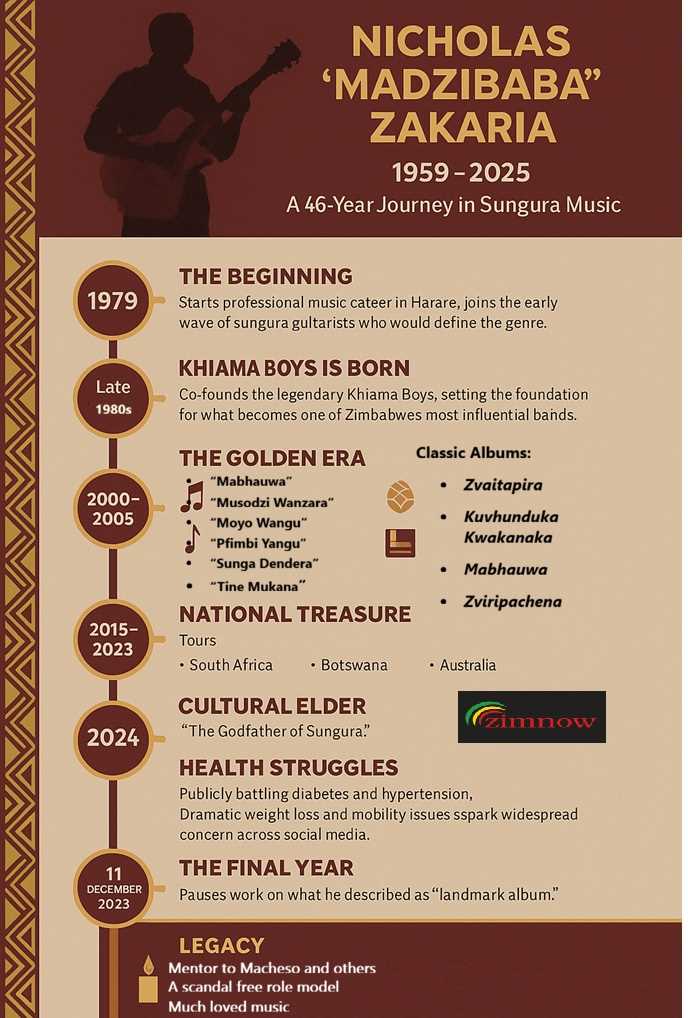









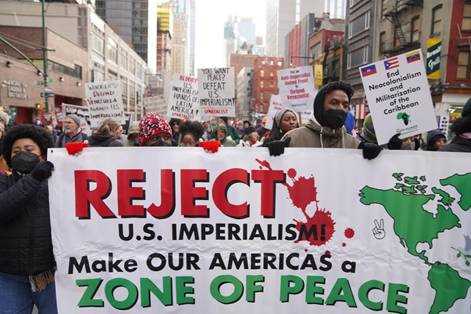
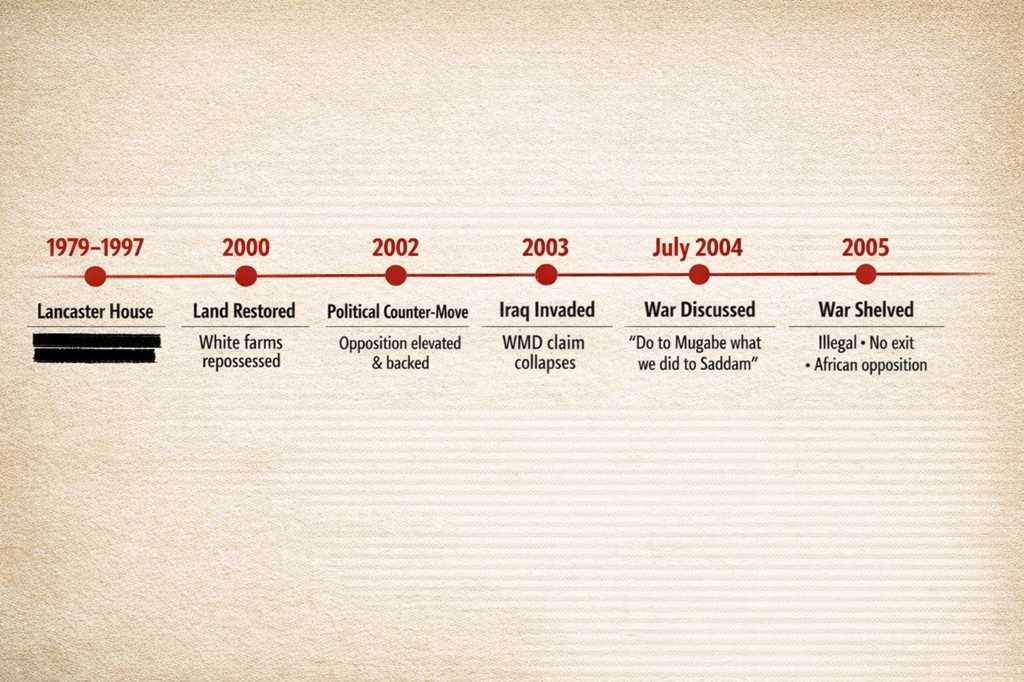
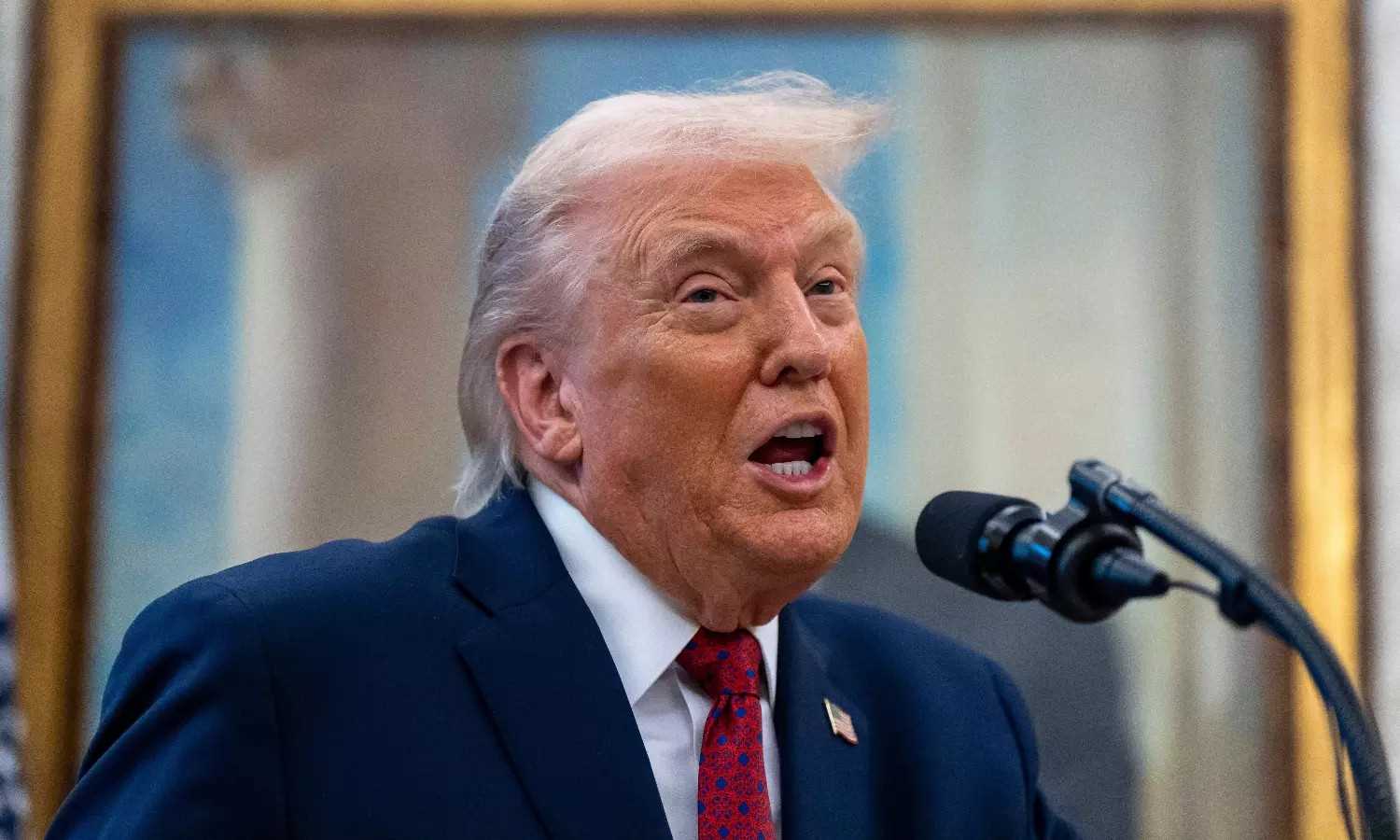







Leave Comments